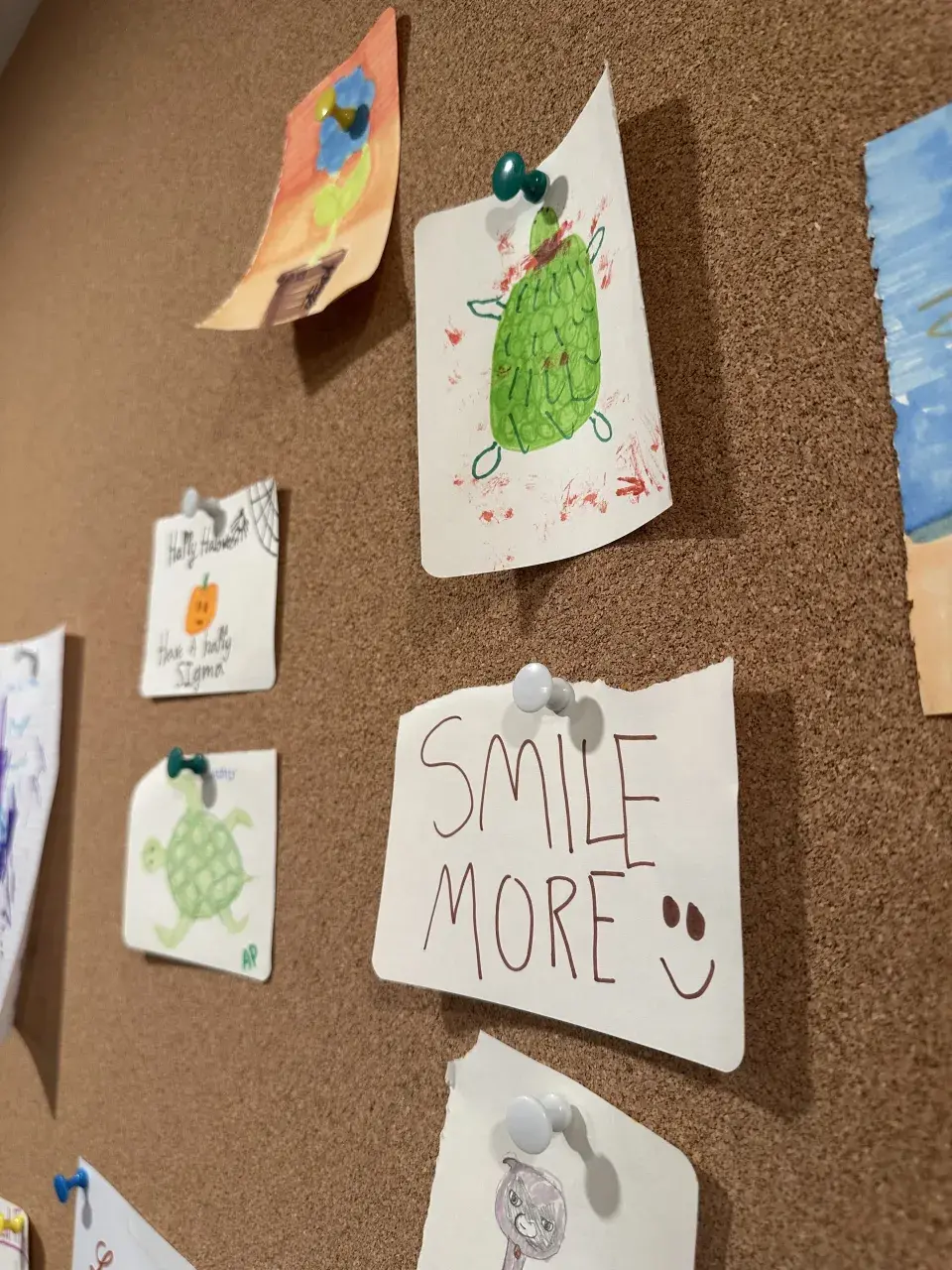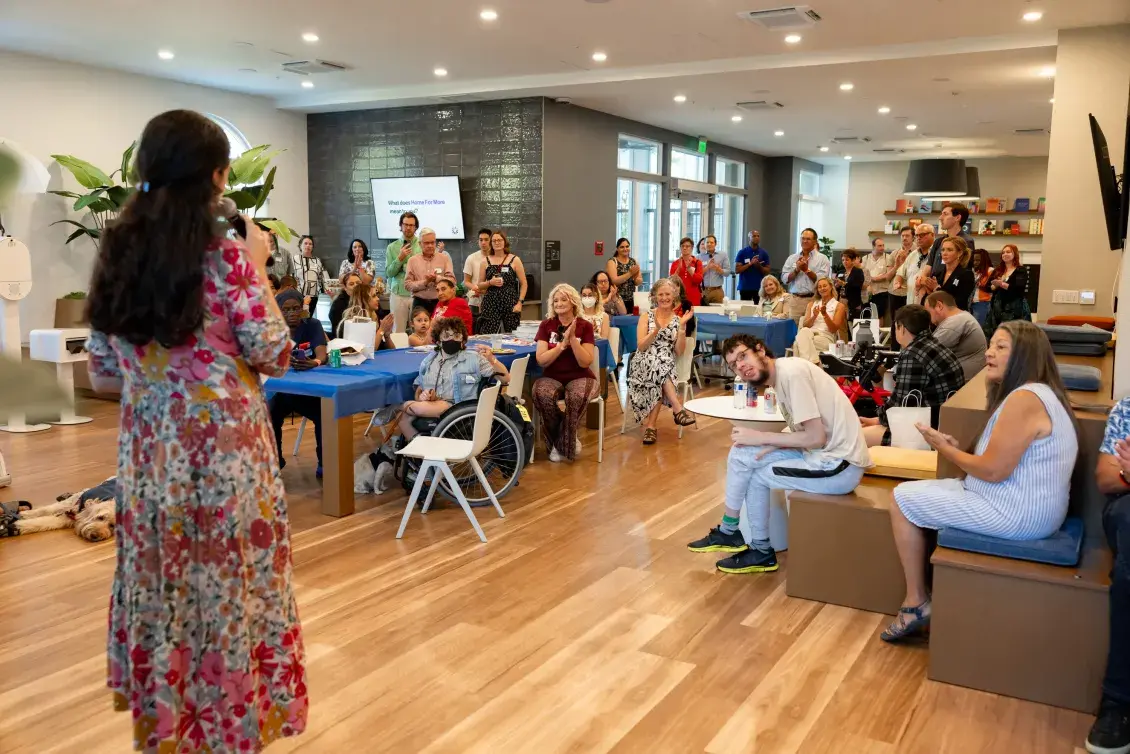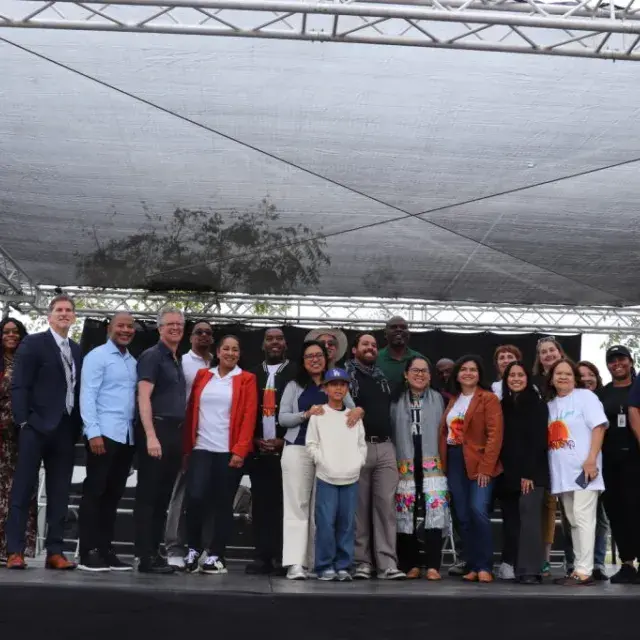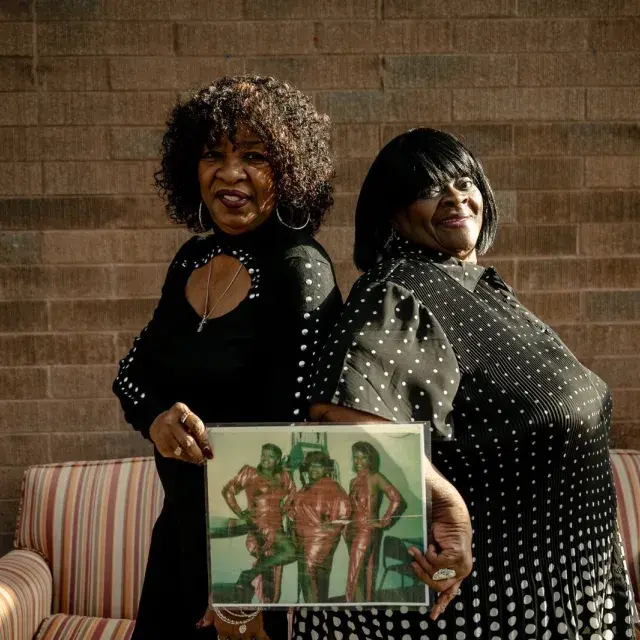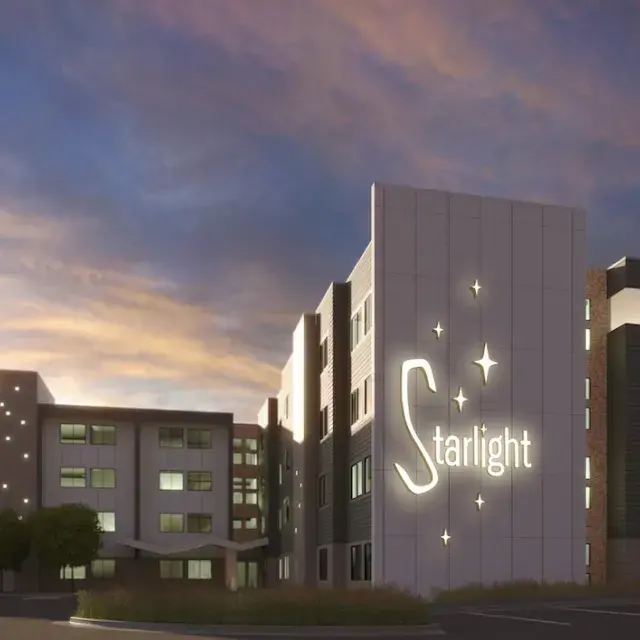Darcy McCann lived in an apartment in Santa Clara, California for 23 years but frequently felt lonely. McCann, who has cerebral palsy and is studying to become a clinical psychologist, says she has found a new sense of community since moving into her new home at The Kelsey Ayer Station in nearby San Jose.
“I have a sense that I really belong here, that I’m just like anybody else,” said McCann, who says she no longer feels isolated. “Here I can celebrate holidays, meet new friends, and make connections.”
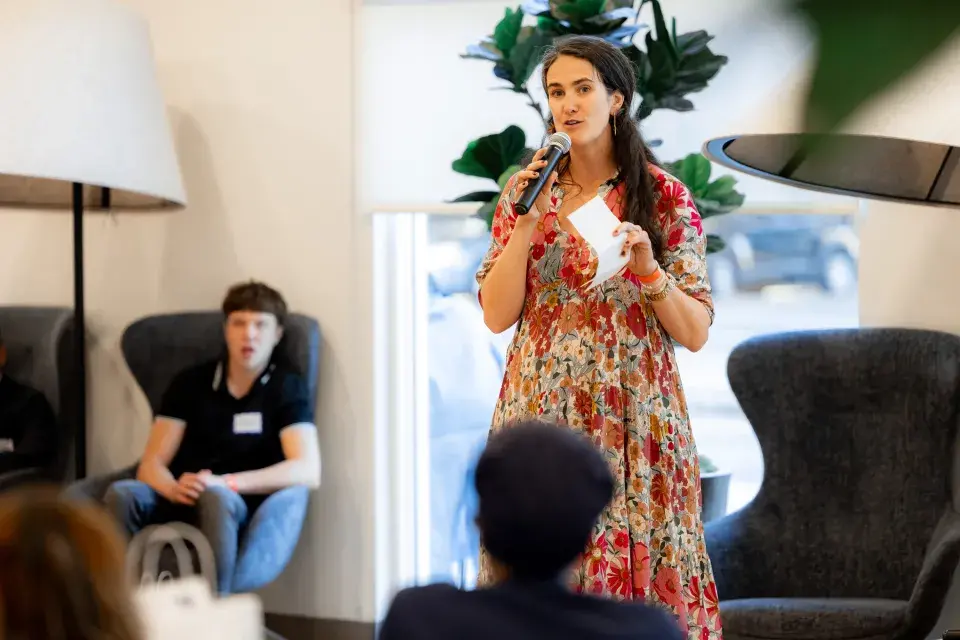
The Kelsey Ayer Station opened in April of 2024 and describes itself as a “deeply affordable, accessible, and inclusive community” with 115 units affordable to individuals earning 20% to 80% of the area median income (AMI). Twenty-five percent of the homes are reserved for people with disabilities.
People with disabilities are disproportionately affected by our nation's housing crisis and are the most likely to experience housing insecurity and homelessness, said Micaela Connery, co-founder and CEO of The Kelsey, a national nonprofit organization that co-develops affordable and accessible housing and leads advocacy for the development of more inclusive housing. In 2023, The Kelsey was a finalist in the Housing Affordability Breakthrough Challenge, a national innovation competition that we lead with support from the Wells Fargo Foundation.
The Kelsey Ayer Station represents a landmark for both accessible housing and its financing: it became the first project backed by Google’s affordable housing fund, which played a pivotal role during predevelopment. To help ensure long-term affordability, Enterprise’s housing credit investments team secured $25.4 million in Low-Income Housing Tax Credit equity on behalf of Capital One.
Our hope is that having a true, supportive, inclusive community means that you don’t need to worry about the basic need of having a home, and now you can realize a fuller life that includes connection, relationships, and employment, or civic involvement.
micaela connery
Building on the success of The Kelsey Ayer Station, the organization has opened its second community in San Francisco and has a third in the works in Birmingham, Alabama, projected for 2027. The Kelsey has also supported projects across 11 states through Technical Assistance.
We recently spoke with Connery about the origins of the project, garnering community support, and her hopes for similar types of communities to exist “everywhere.”
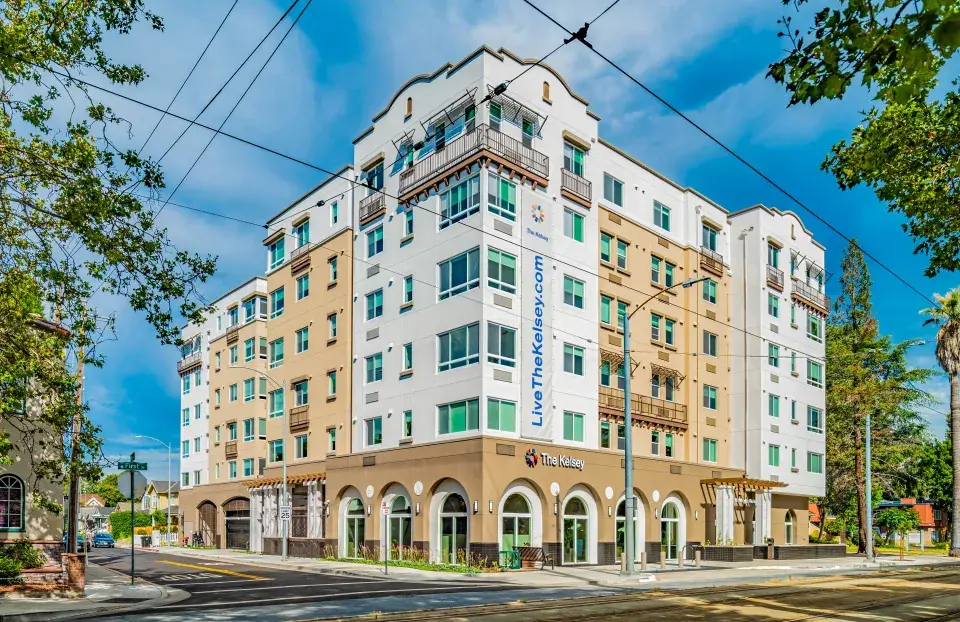
Your cousin Kelsey Flynn O’Connor was the co-founder of The Kelsey and is the namesake of this property. Can you tell us about Kelsey and how you got involved in this work?
Kelsey was my cousin. She and I were born three months apart and really grew up together. She lived with multiple disabilities – she used a wheelchair to get around, used modified sign language to communicate, and was supported with 24-hour-a-day care. Throughout her life, she was an advocate and pioneer for inclusion. She was the first kid with disabilities to integrate schools and recreation programs. She helped make her church accessible by bringing in accessible pews, so she didn’t have to sit in the back.
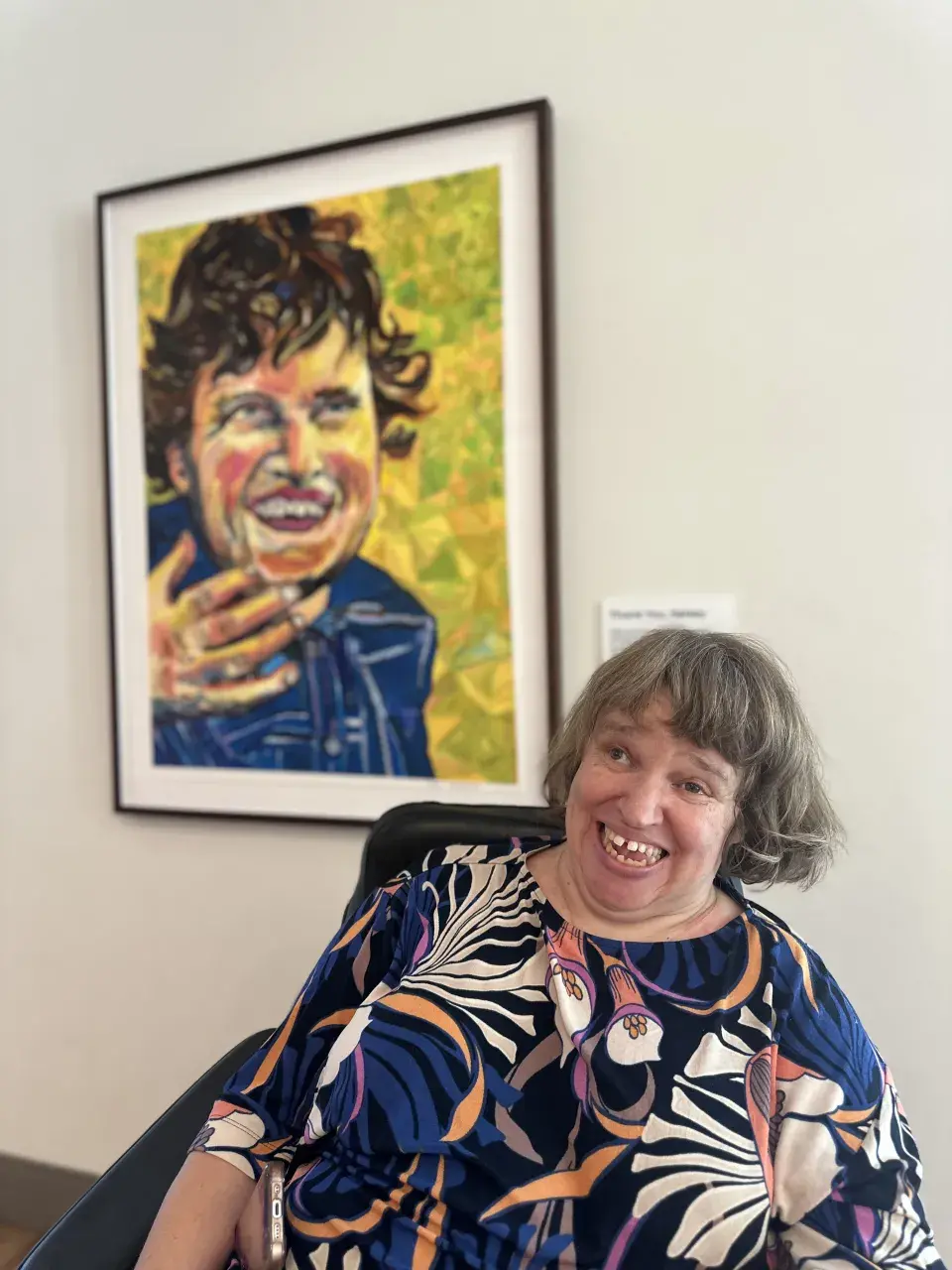
She was always an advocate and a leader for inclusive opportunities, for herself and for people like her. When we were both in our 20s, we went through a period of living at our parents’ home. When it came time to find places of our own, it took me six months to find a place — but for Kelsey, it took six years. Initially, I thought she was struggling because of the level of need or the area she wanted to live in, but I learned very quickly that the gaps she experienced were not unique. Everywhere in the U.S., people with disabilities of all kinds are struggling to find safe, supportive, affordable housing.
What is your hope for the people who live here at The Kelsey Ayer Station?
We want to be a community where residents are the center. This started in our earliest community engagement. It was embodied in things like our Housewarming, where we put focus on the residents vs. the building, and continues in our approach to how we operate this community each day. It was great to hear from our resident panel about the ways the vision for this community is having an impact in their own lives, from the accessible design to the layout of the lobby and individual apartments, and programs like our Inclusion Concierge.
I’ve heard people say, “For the first time, I’m in an apartment where I can roll under the counter and wash my own hands.” Or, “I’m living on my own without my family for the first time.” And even, “I was homeless, and this is a home where I can feel safe and secure.” That’s what we want: to open doors to opportunities for our residents.
We also hope The Kelsey Ayer Station will be a model for others. There are so many communities that need this kind of housing. To be able to have the funding and the support to make it possible around the country — that’s the real goal.
Why is it so important to make sure affordable housing is inclusive to people with disabilities?
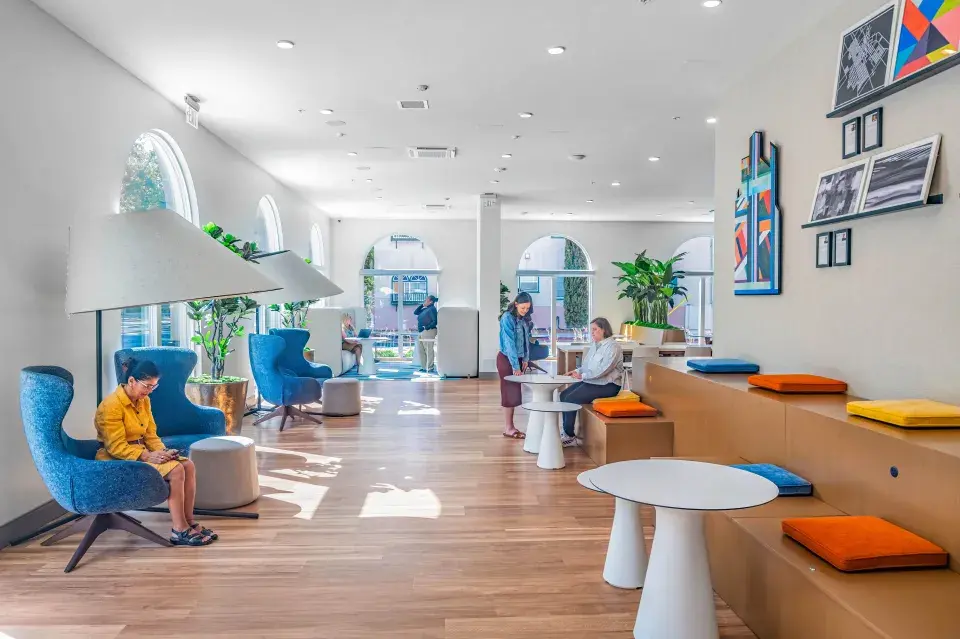
People with disabilities are disproportionately affected by our nation's housing crisis — they're the most likely to experience housing insecurity and homelessness. Folks who rely on Supplemental Security Income (SSI) are priced out of every single U.S. market. I’ll say that again: There isn’t a single market in the U.S. where you can afford housing as a person with disabilities on SSI. Also, much of our older housing stock that might be naturally affordable is less accessible. That’s why it’s so critical to create new, accessible housing for people with disabilities.
The gaps are significant, especially for people who use supportive services, yet we have a history in our country of housing development and advocacy that has really kept disabled people out of sight and out of mind. And that's because we have a recent history of institutionalization. Community living for people with disabilities only became mandated through policies in the 1990s with the Americans with Disabilities Act (ADA) and the Olmsted decision.
It’s important to note that disabled people were not included in efforts like the Low-Income Housing Tax Credit program and related federal and local subsidies for affordable housing. We have significant work to do to bring disabled people into the mainstream when it comes to housing.
You mentioned the ADA, which was landmark legislation, but a lot of people say that it doesn't go far enough. Can you talk a little bit about how maybe the Inclusive Design Standards fill in some of those gaps?
One thing to know is that there are not universal “ADA requirements” for all housing. It depends on the program, the location, and how they get funding. So, the Americans with Disabilities Act, while landmark and transformative legislation, did not all of a sudden make it so all housing would be available to and accessible to people with disabilities.
When there are accessibility requirements in housing, it does not necessarily support what we call “cross-disability access,” which is important to folks with cognitive needs, support or sensory needs, or health needs. You need to think about how the building is operated – not just the design. We hear from residents that so much accessibility happens in how the building operates, what services are provided, and which reasonable accommodations are supported.
The Inclusive Design Standards aim to take a holistic approach to accessibility and inclusion, from project conception all the way past move-in. It's an opportunity to create better resident experiences — not just for disabled people, but for all people. It’s an opportunity to do more sustainable design, more design that enhances people’s lives. Creating accessibility really has universal benefits.
You talked about the process of getting the community on board with this property. What is your approach to NIMBYism?
When people pause and remember that you’re talking about people, not a building, it really makes a big difference.
When we were having community engagement challenges, we made sure to meet neighbors as people, too. We hosted tours with donuts and coffee in the parking lot and took walks with neighbors around the neighborhood. We heard from people who live around here about what's important to them. For example, this neighborhood does cool holiday decorations, and so our residents are going to be part of that.
I think our message to communities is that we all are talking about the crisis around housing and how that impacts folks at every level and every corner of our society. There’s only one way we can create a different future: If we make sure these kinds of communities exist everywhere. There’s a lot of fear and a lot of assumptions around behaviors and risks to community — but almost all those behaviors and risks come because people don’t have housing. And once you give people housing, guess what? They are wonderful neighbors because they have a home.
